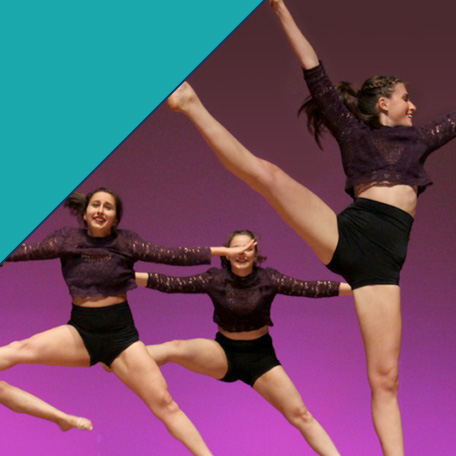This article was originally featured in the July/Aug 2015 issue of Dancetrain magazine.
As physios we spend far more time encouraging dancers to work with their body type, rather than discouraging the continuation of dance due to physical impediment. In fact, physically, there are few instances when a dancer truly needs to consider an alternate career path as a result of their anatomical make up. Issues of a dancer’s turnout, or flexibility can become obsessions that detract from a dancer’s ability to portray a love of dance and freedom of expression in their art. Arguably this enjoyment of dance makes a dancer far more thrilling to watch than does any physical attribute.
In saying this, a dancer’s health is an important consideration in any decision regarding choosing dance as a career. If a dancer’s physical or mental health is being sacrificed for the continuation of their dancing, the decision to continue dancing should be carefully evaluated.
Situations where a dancer may need to consider a different career path:
The Female Athlete Triad
Extremely low body weight associated with poor nutritional intake, in combination with loss of menstruation (or significantly delayed onset of menarche (periods), can be seriously detrimental to bone health. In the short term it can present as stress fractures in various bones, and in the long term it can lead to osteoporosis (a condition where bones become low in bone mineral density). This effect is known as the female athlete triad. Dancing does not lead to this condition, however, if a dancer is dancing for many hours per week, they have a higher energy requirement than they would if they were inactive. The problem is the low energy intake (not getting enough nutrients through food), not the dancing, however in some cases the dancer may need to reduce the amount of dancing in order to restore the energy imbalance.
It is important to note that in general, weightbearing exercise such as dancing is extremely beneficial to bone health. Adolescents who engage in weightbearing activity throughout their growing years are helping to develop strong bones for life. It is only in the rare situation where dietary intake is low enough to affect normal menstruation, that changes to physical exercise may become necessary. If you are concerned about this, talk to your GP.
Limited ankle range into pointe
For the classical ballet dancer, 180° of ankle range into the pointe position is required in order to dance safely en pointe. Occasionally, a dancer’s normal bony anatomy may prevent this range. They may have an enlarged bone that causes pinching at the back of the ankle, or they may have an extra bone called an os trigonum that blocks their ankle range. Some dancers can compensate for minor restrictions in ankle range if they have greater than average knee extension. Others will find that this restriction makes it difficult to dance en pointe. Limited ankle range en pointe means there is increased risk for tendinopathy and impingement at the back of the ankle joint. Sometimes, physiotherapy and stretching can improve ankle range to a level where dancing en pointe is possible, however in cases where range remains restricted, a move away from classical ballet into other dance forms may be warranted.
What about turnout?
A dancer needs to be able to rotate their leg outward from the hip in order to lift their leg sideways into impressive ranges. Try lifting your leg as far as you can sideways while keeping your toes pointing forwards … it doesn’t go very far does it! We are all born with differences in our pelvic and hip bony anatomy, and some of us are blessed with more natural turnout than others. Many dancers will reach an unchangeable bony limitation to their turnout that prevents them from getting as much turnout as they might like. So how much turnout is enough? The answer to this question is variable. Certainly in classical ballet a minimum of 40° of turnout at the hip is often suggested to be necessary. However as physios we often see extremely talented dancers who have learnt to utilise their limited turnout ranges and achieve quite stunning results. It is more important to know how to work within your available turnout, and to avoid ‘forcing turnout’ (ie – twisting your feet outward beyond the range of your hips), than it is to have excellent turnout to start with. Strengthening your deep buttock muscles, keeping your knees over your second toes when you plie, and knowing how to dance safely within the turnout range that you were born with, is the key.
It is important as a dancer to know your body, and to never push through real, physical pain with any dance form. Most of the time what you might see as a physical limitation to your dancing can be addressed with a focus on technique, and perhaps with the assistance of physiotherapy to work out why limitations are occurring in the first place.

